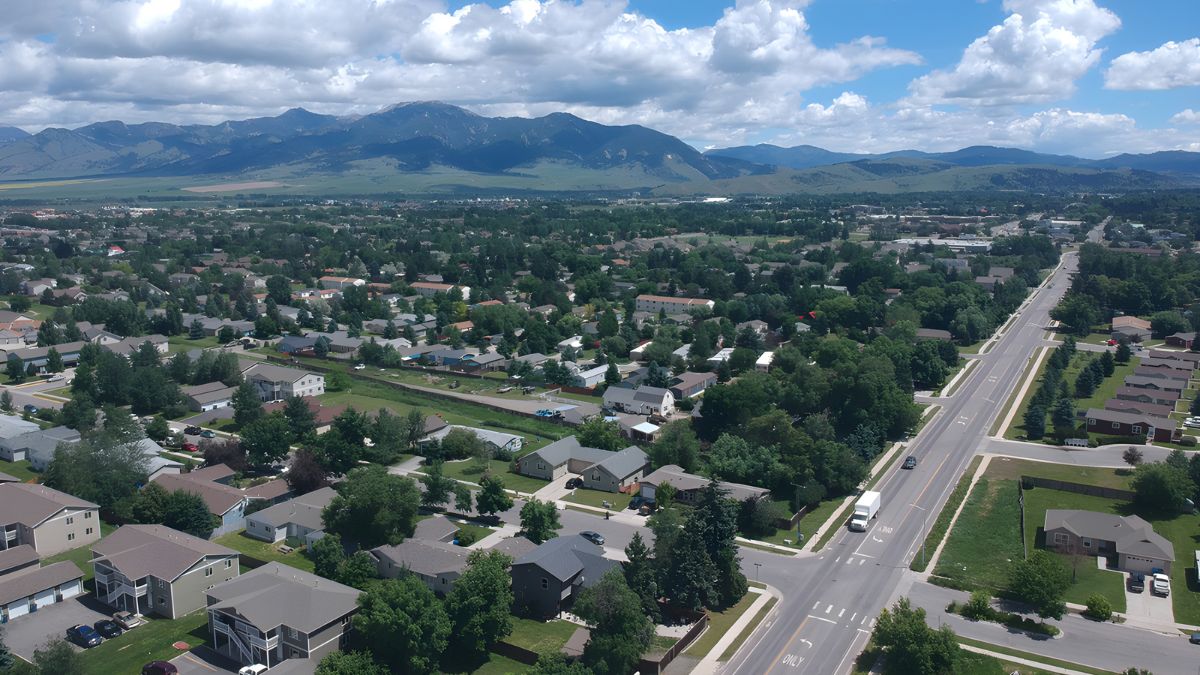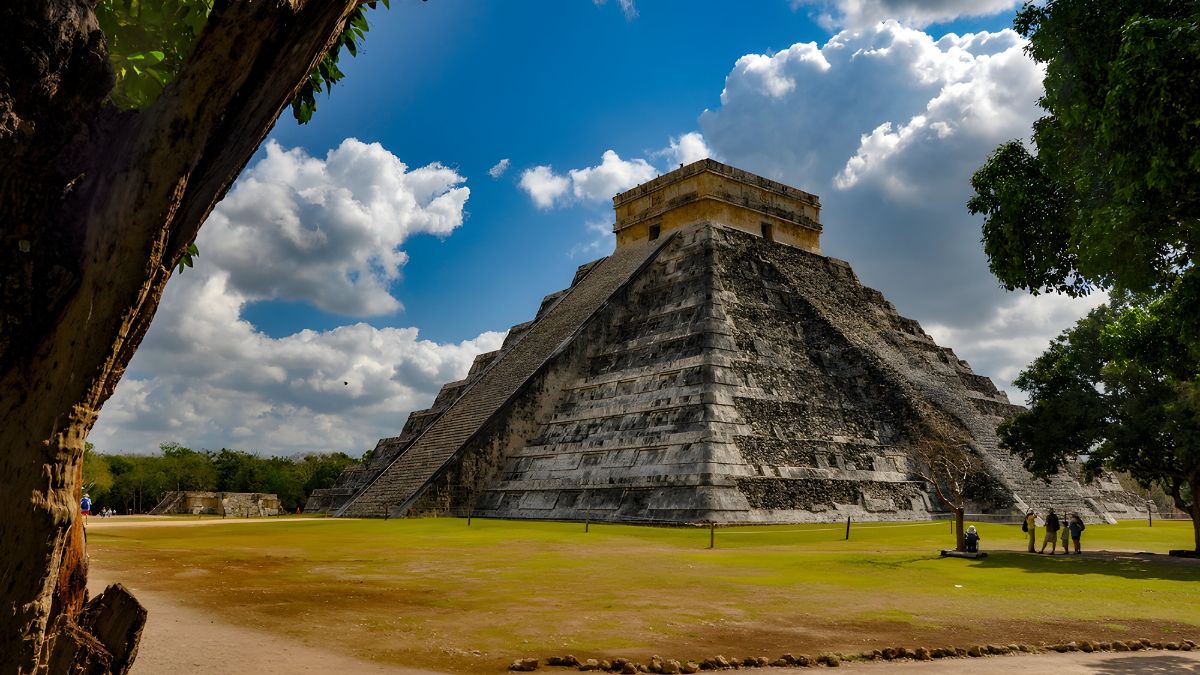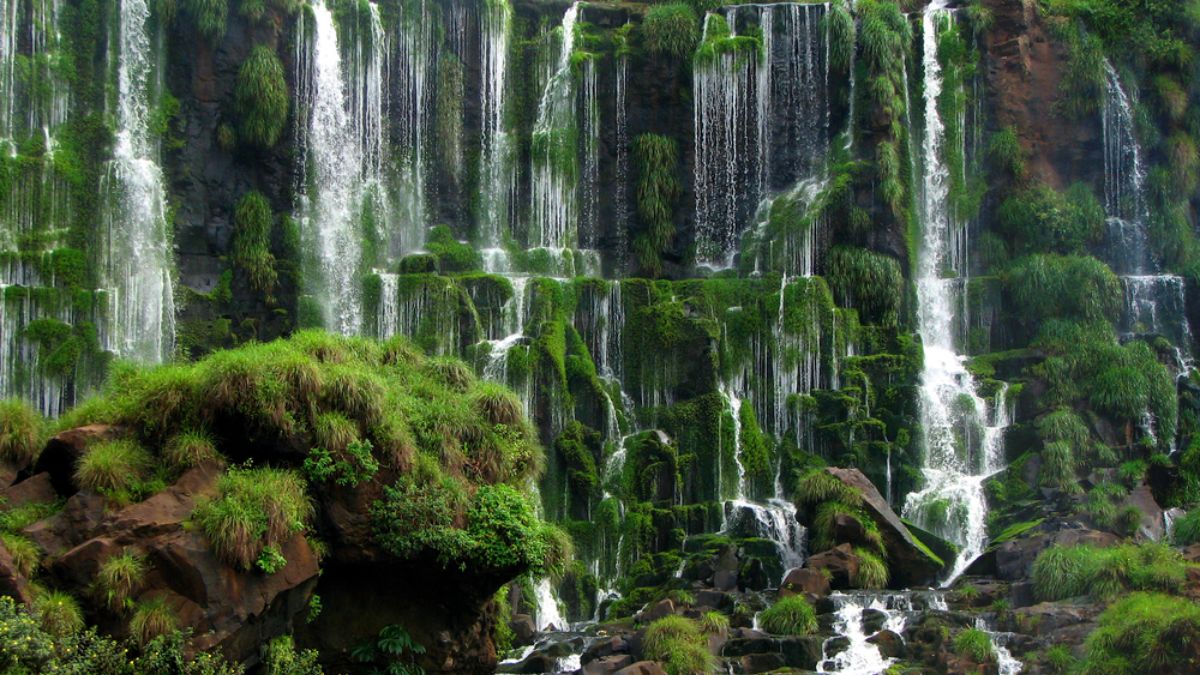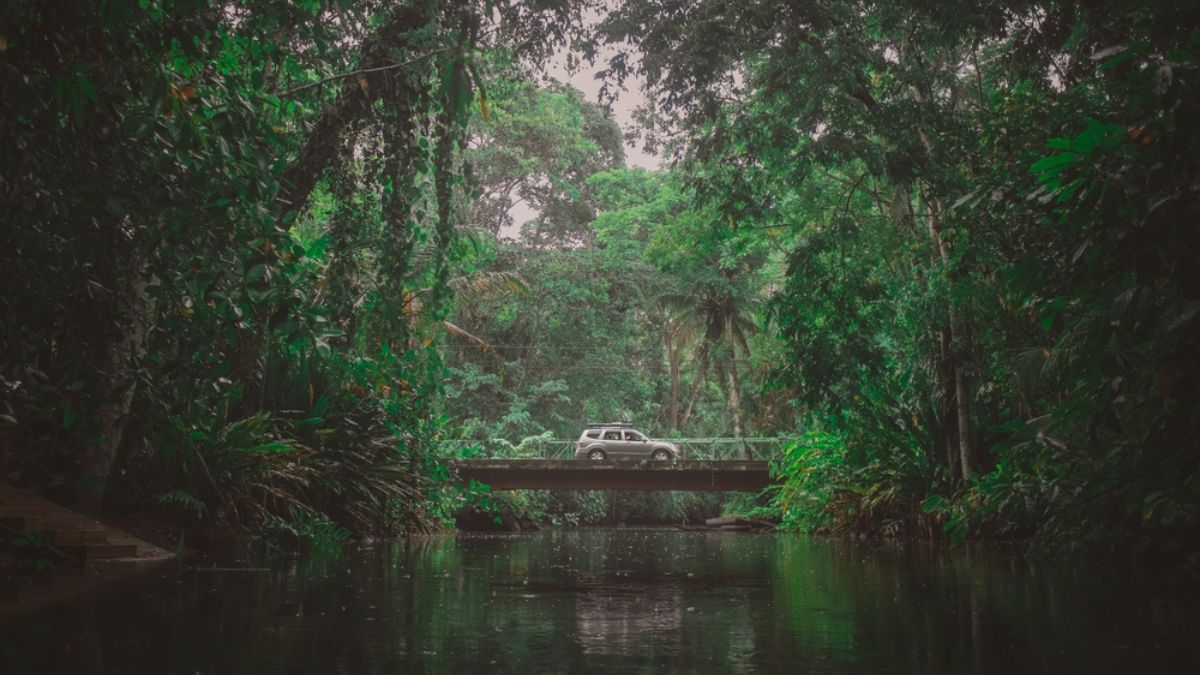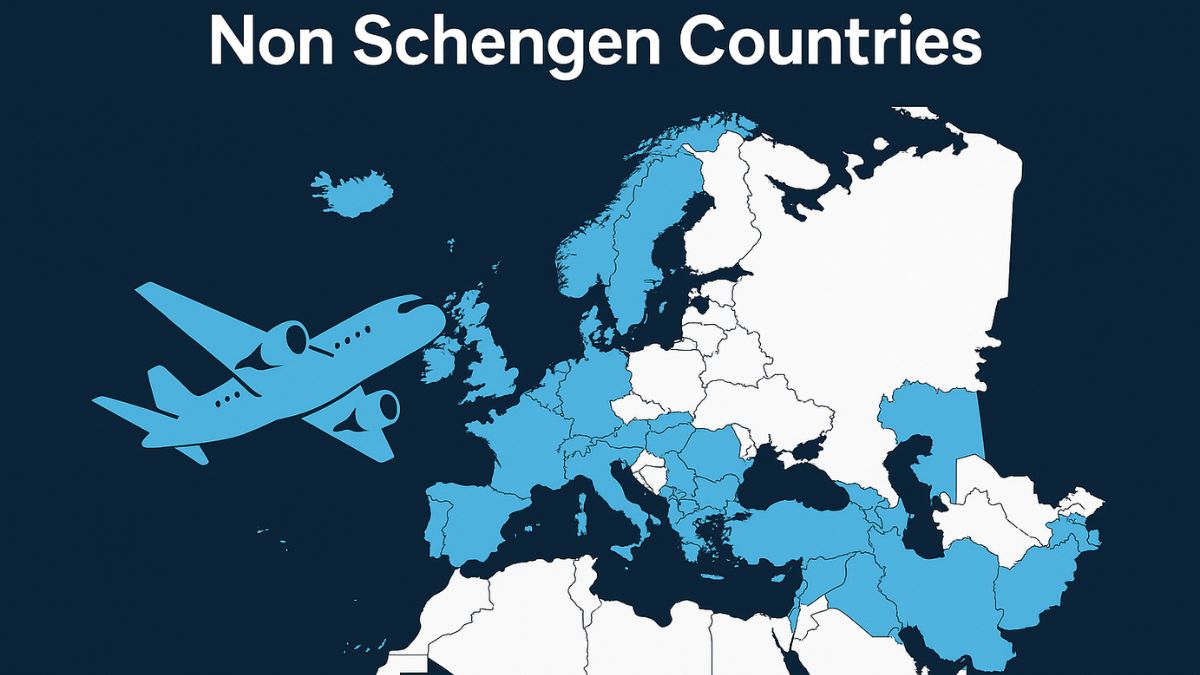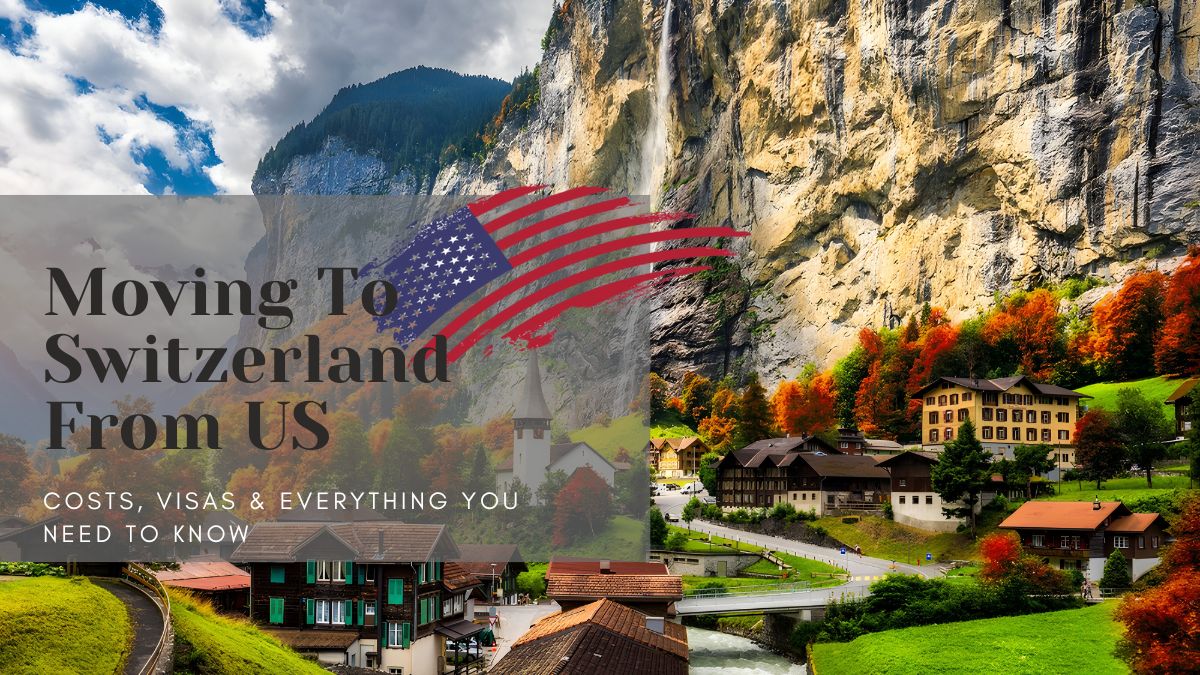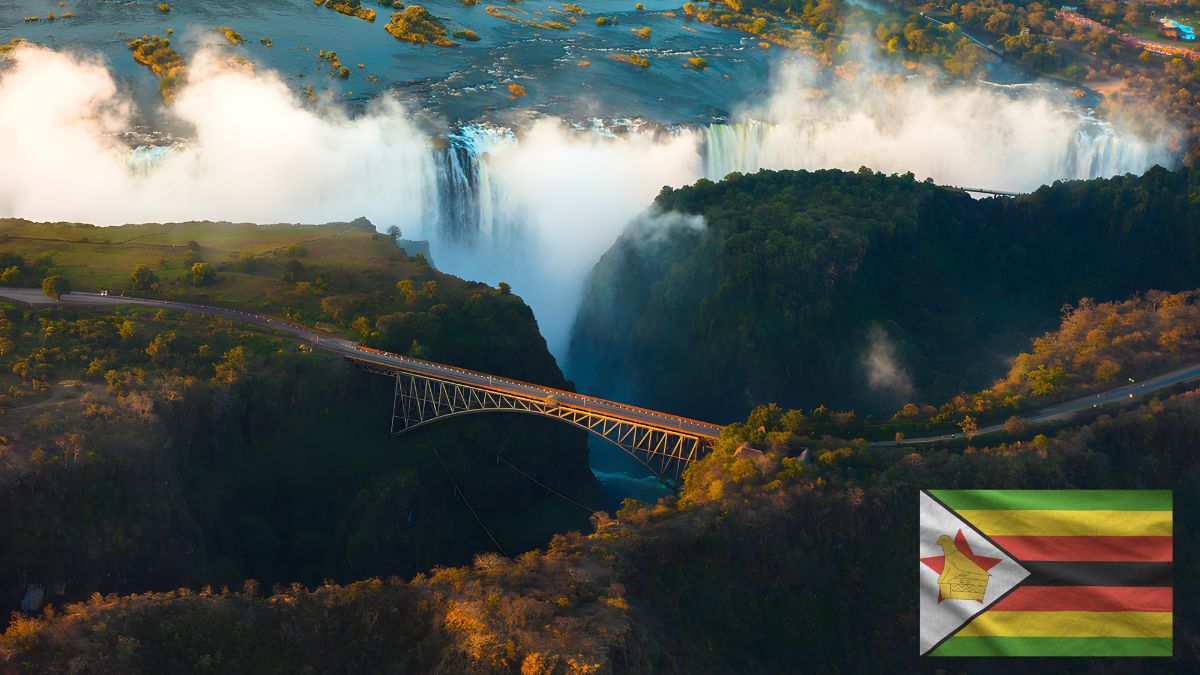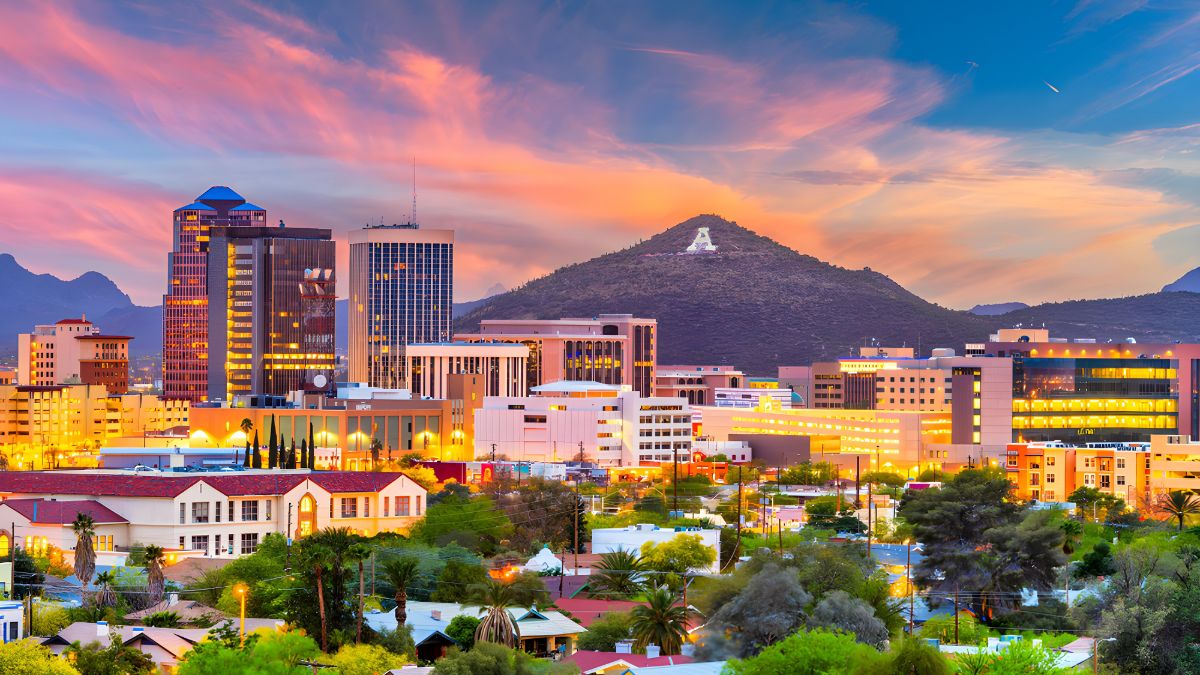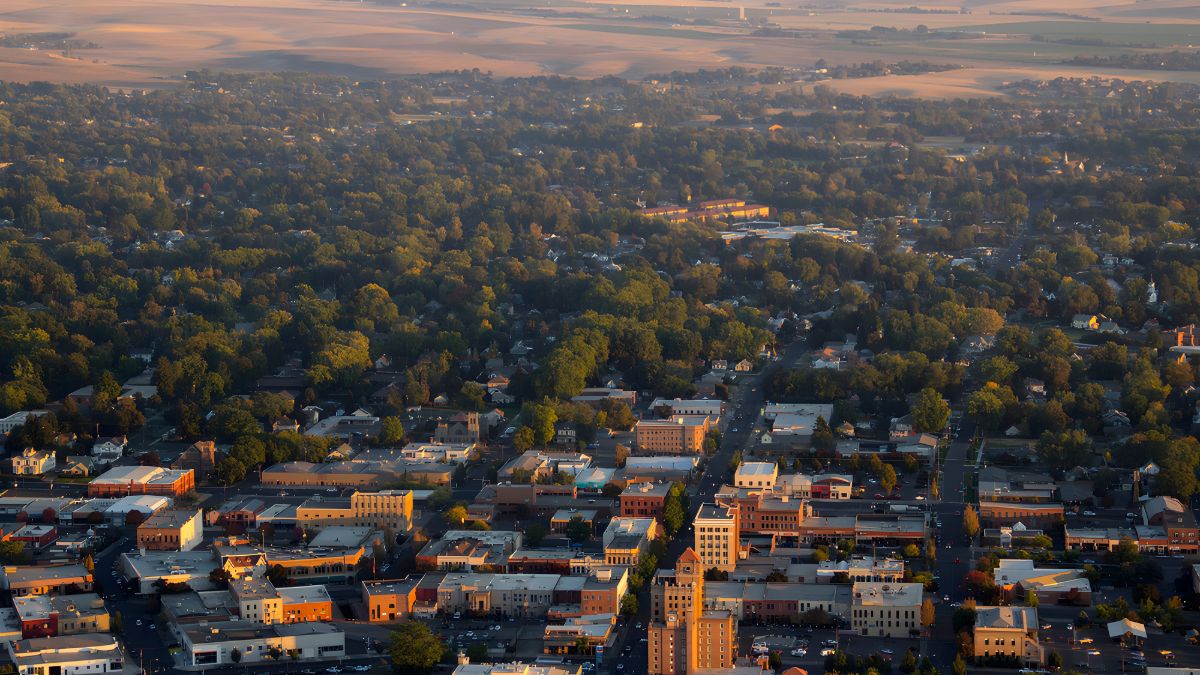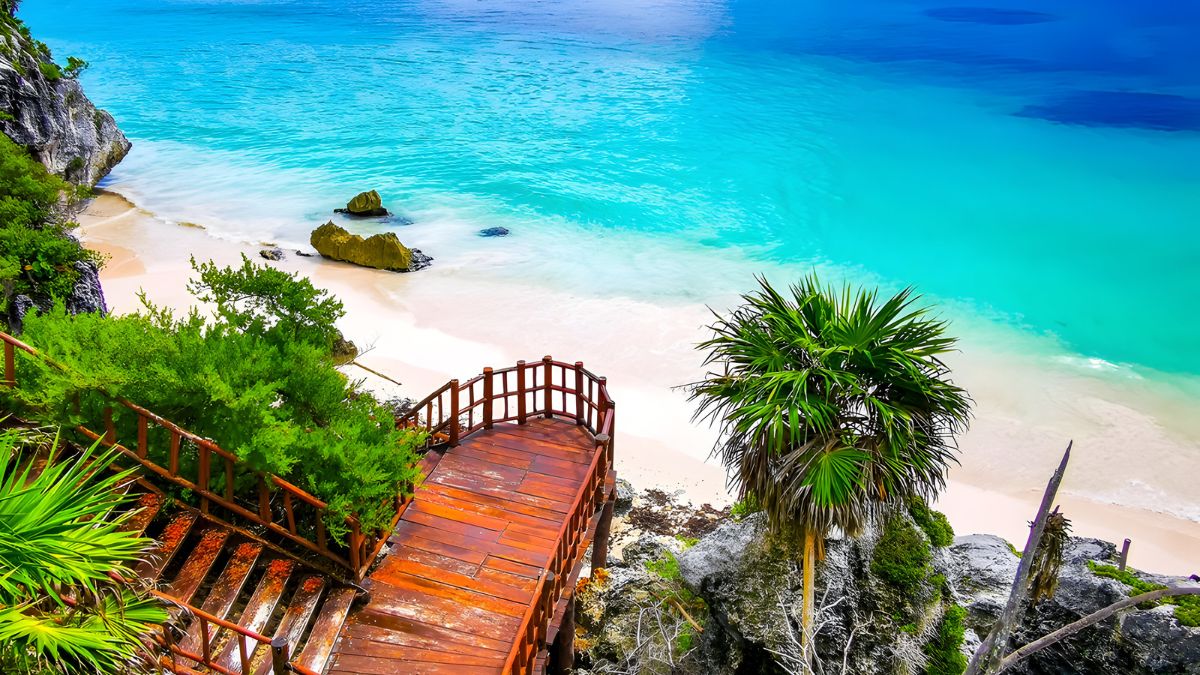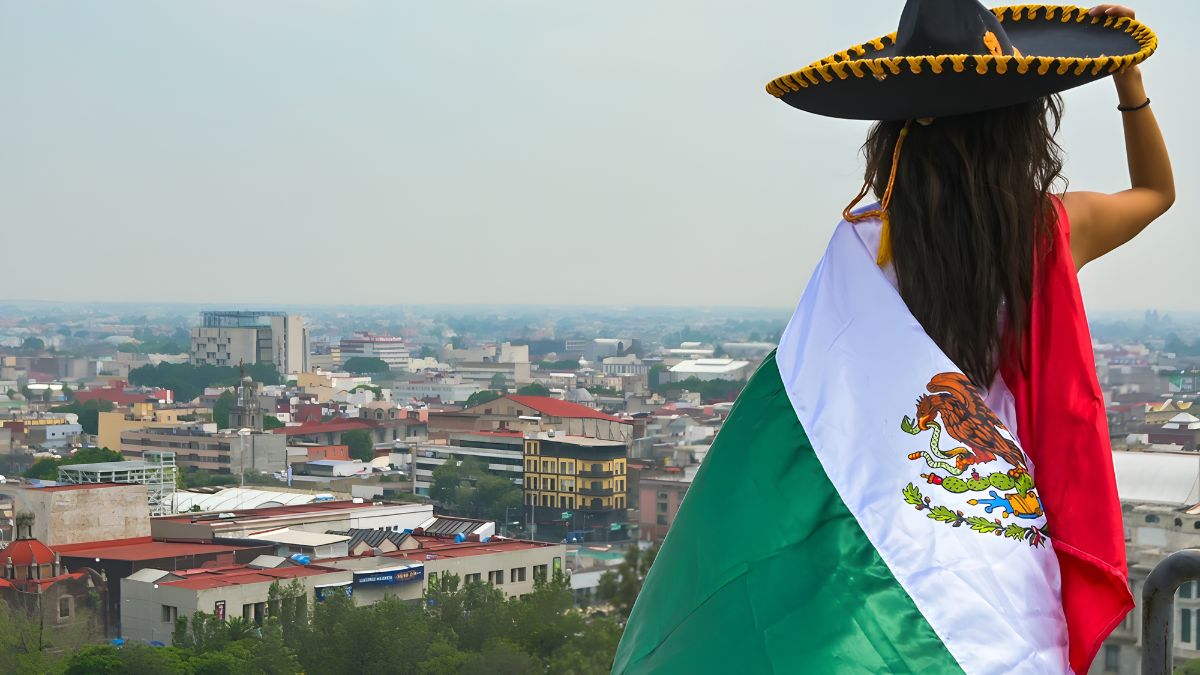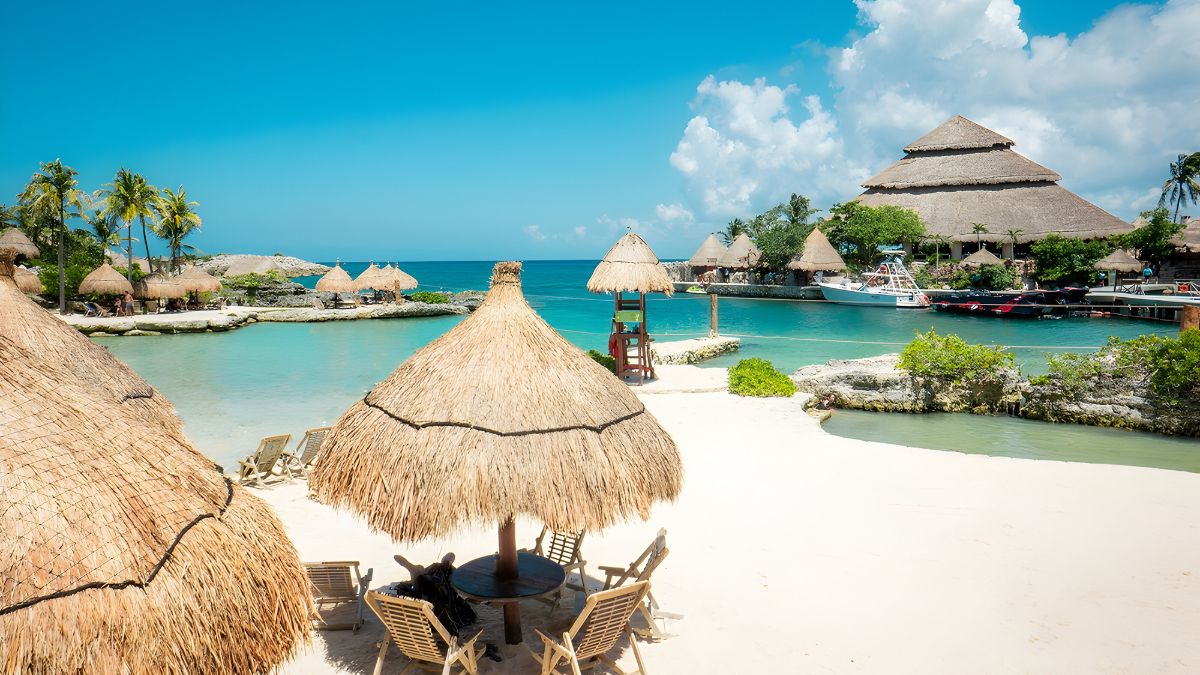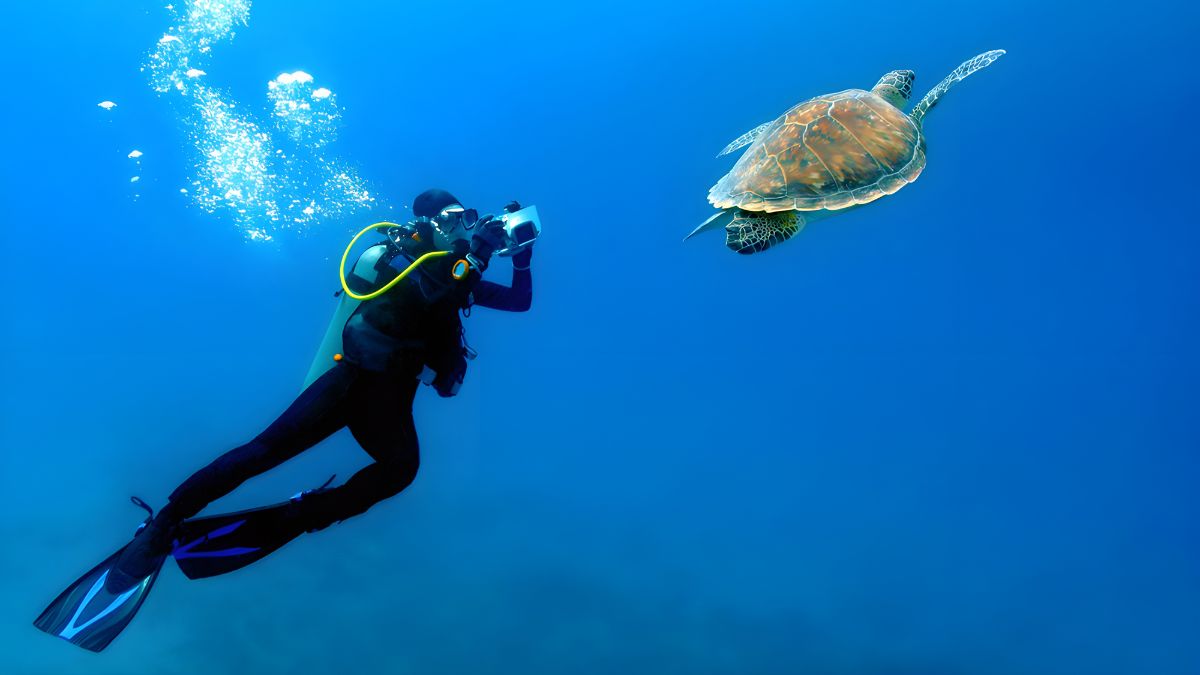
- March 17, 2025
- Heisenberg
- 0
Mount Everest, the world’s tallest mountain, has long captured the imagination of adventurers and climbers from across the globe. Standing at an awe-inspiring 29,032 feet above sea level, it represents the ultimate challenge for mountaineers. But the journey to its summit is not just about physical endurance—it’s a test of mental resilience, meticulous planning, and adapting to the unforgiving conditions of extreme altitude.
One of the most common questions asked by aspiring climbers and enthusiasts alike is, “How long does it take to climb Mount Everest?” While the answer depends on a variety of factors, including weather, the climber’s experience, and acclimatization needs, the timeline for an Everest expedition typically spans several weeks. This article breaks down the stages of the climb to give you a clearer picture of the time commitment involved in conquering this legendary peak.
Preparation and Acclimatization: Setting the Foundation
Before even setting foot on Everest, months of preparation go into getting climbers expedition-ready. Training programs focusing on strength, endurance, and altitude adaptation are vital for tackling the mountain’s harsh conditions. Many climbers spend years honing their skills on smaller peaks, building experience with ice climbing, crevasse navigation, and surviving in extreme cold.
Once on-site in Nepal, the acclimatization process begins. Acclimatization is critical to avoid altitude sickness—a potentially fatal condition caused by the thin air at high altitudes. Climbers typically spend two to three weeks at Everest Base Camp (17,598 feet) or trekking nearby routes to allow their bodies to adjust. This phase is as much about patience as it is about preparation, as rushing the process can have dire consequences.
The Journey from Base Camp to Camp I
After weeks of acclimatization, climbers begin the actual ascent. The route from Base Camp to Camp I (19,500 feet) involves crossing the infamous Khumbu Icefall—a labyrinth of crevasses and unstable ice towers that must be navigated with ladders and ropes. This section is not only one of the most dangerous but also one of the slowest, as climbers must move cautiously to avoid accidents.
Reaching Camp I typically takes 5 to 7 hours, depending on conditions and the climber’s pace. Once there, climbers rest and continue acclimatizing before progressing further. They may make multiple trips between Base Camp and Camp I to transport gear and build strength, a process known as “load carrying,” which adds extra days to the expedition.

Higher Camps: The Steady Climb
The trek from Camp I to Camp II (21,000 feet) offers a more gradual incline but is no less challenging. This segment often takes about 4 to 6 hours and provides a psychological boost as climbers move closer to the summit. Camp II serves as the “Advanced Base Camp” and is equipped with more resources, such as better food and communication facilities, allowing climbers to recuperate for the tougher days ahead.
From Camp II, the journey to Camp III (23,500 feet) becomes steeper and more grueling. Climbers face the daunting Lhotse Face, a sheer wall of ice that demands technical climbing skills and physical stamina. Reaching Camp III can take another 6 to 8 hours, depending on weather conditions and individual fitness levels.
Camp IV and the Death Zone
Camp IV (26,000 feet), located on the South Col, marks the gateway to the “Death Zone.” At this altitude, the oxygen level is so low that the human body starts to deteriorate, making it impossible to survive for extended periods. Climbers typically spend no more than a few hours here, using supplemental oxygen to sustain themselves.
The push from Camp III to Camp IV takes 8 to 12 hours and is fraught with challenges, including treacherous winds and freezing temperatures. This stage tests even the most experienced climbers as they prepare for the ultimate ascent. Most climbers rest briefly at Camp IV before beginning their summit attempt during the night, aiming to reach the peak by early morning.
The Summit Push: Reaching the Top of the World
The final push to the summit begins in the dead of night to take advantage of stable weather conditions. This stretch can take anywhere from 8 to 16 hours round-trip, depending on weather, traffic on the route, and individual pacing. Climbers must navigate iconic landmarks like the Balcony, the Hillary Step, and the South Summit, all while battling extreme exhaustion and sub-zero temperatures.
Standing on the summit of Mount Everest is a life-changing moment. At 29,032 feet, climbers are greeted with unparalleled views and an overwhelming sense of achievement. However, the descent is just as critical as the ascent. Many accidents occur during the return journey as fatigue and disorientation set in, underscoring the importance of careful planning and focus.

Post-Climb Recovery and Reflection
Once climbers safely descend to Base Camp, the expedition isn’t over. Recovery is a crucial part of the journey, as the physical and mental toll of climbing Everest is immense. Rehydration, proper nutrition, and medical checks are essential for ensuring long-term health.
Reflecting on the climb often leads to a deep sense of fulfillment. For many, the journey is about more than just reaching the summit—it’s a testament to perseverance, teamwork, and the indomitable human spirit. Sharing stories and lessons from the adventure allows climbers to inspire others to chase their dreams, no matter how daunting they may seem.
Conclusion
Climbing Mount Everest is an extraordinary achievement that requires months of preparation, weeks of climbing, and a lifetime of courage. The journey from Base Camp to the summit is a true test of endurance and determination, with each stage presenting unique challenges.
If you’ve ever dreamed of conquering the world’s tallest peak, understanding the timeline and demands of the climb is the first step. With proper preparation and the right mindset, Mount Everest remains one of the most iconic symbols of human ambition and resilience.
Keep exploring our blog for more travel and adventure insights to fuel your wanderlust!

